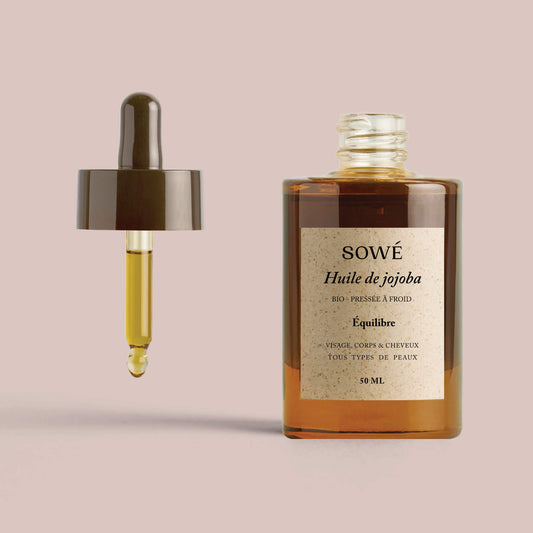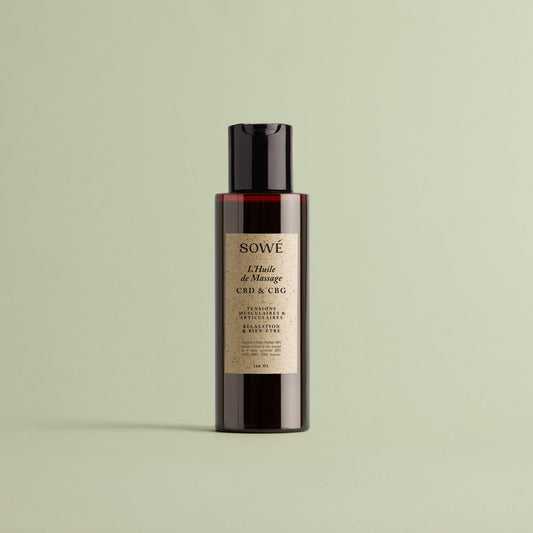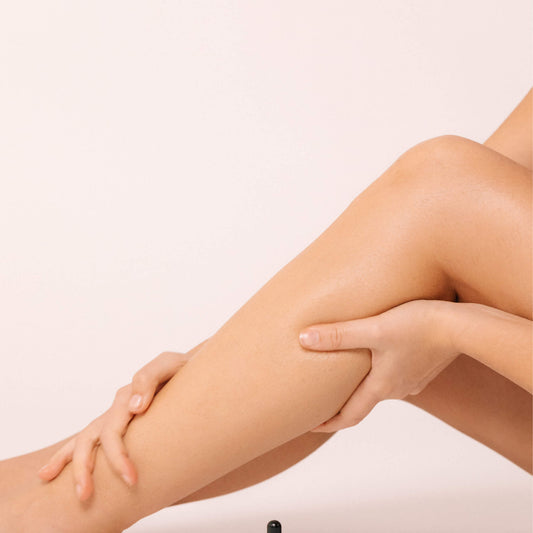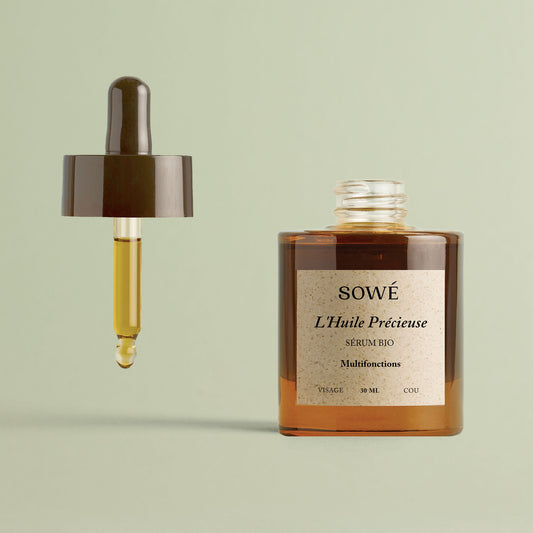It has many properties and benefits for the skin and hair.
Properties of jojoba oil on the skin
- Stabilizer, that is to say it improves the stability of cosmetic products which contain it.
- pH regulatorof the skin: it maintains the balance of the acidity of the skin. It increases the too low pH of dry skin and reduces the too high pH of oily skin.
- Sebum regulator: it regulates the production of sebum. Depending on the skin type, it reduces or increases its production. It therefore improves the appearance of oily or acne-prone skin (excess sebum) and revitalizes dry skin (lack of sebum).
- Fabric softener: it restores suppleness and elasticity to the skin. It acts by activating elastin metabolism and slowing the loss of water in cells. It therefore helps fight against skin aging and wrinkles.
Non-occlusive with a comedogenic index of 0, jojoba oil hydrates the skin without clogging its pores.
Jojoba and acne, a winning duo
Jojoba oil is beneficial for acne-prone skin, it has regulating, purifying and soothing properties. Here's how it works on this skin type:
- Regulates sebum production, which is often excessive in acne-prone skin. It rebalances the skin's pH and prevents it from shining or becoming too oily. It thus prevents the obstruction of pores and the formation of comedones.
- Purifies the skin, thanks to its antifungal and antibacterial action. It eliminates impurities, bacteria and fungi which can cause inflammation, infections and pimples.
- Soothes the skin, thanks to its anti-inflammatory and healing power. It relieves irritation, redness, itching and tightness. It promotes the repair of damaged tissues and reduces the marks and scars left by acne.
Jojoba oil is therefore an ideal vegetable oil for acne-prone skin, because it nourishes, hydrates, protects and beautifies it, without greasing or irritating it. It can be used pure or mixed with other vegetable oils, such as black seed oil or tea tree oil, which also have anti-acne properties.
Jojoba oil is therefore an ideal vegetable oil for acne-prone skin, because it nourishes, hydrates, protects and beautifies it, without greasing or irritating it. It can be used pure or mixed with other vegetable oils, such as black seed oil or tea tree oil, which also have anti-acne properties.
Properties of jojoba oil on hair
- Hydrates intensely the hair, thanks to its composition close to natural sebum. It quickly penetrates the hair and gives it softness, shine and resistance.
- Regulates sebum production, depending on hair type. It reduces excess sebum in oily hair and increases sebum production in dry hair. It allows you to space out shampoos and preserve the balance of the scalp.
- Soothes the scalp and eliminates dandruff, thanks to its antifungal and antibacterial properties. It relieves irritation, itching, redness and inflammation of the scalp. It also cleanses the scalp and prevents the formation of dandruff.
- Protected hair from heated appliances, such as hair dryers, straighteners or curlers. It acts as a barrier against heat damage. It thus prevents dehydration and hair breakage.
- Nourished hair deeply, thanks to its richness in vitamins, minerals and antioxidants. It promotes the growth, strengthening and repair of hair. It thus reduces breakage, split ends and dry ends.
- Embellishes hair and makes it shine, thanks to its light and non-greasy texture. It leaves a smooth film on the hair, which reflects the light. It also softens hair, making it easier to comb and manage.
Properties of jojoba oil on the beard
Jojoba oil deeply nourishes beard hair and skin, thanks to its ease of penetration into the epidermis and hair follicles. It protects and softens the beard, while making it easier to brush. Its dry feel makes it pleasant to use.
Additionally, Jojoba oil can replace shaving foams, which are often irritating and harmful to the skin. Jojoba oil allows the beard to be shaved gently, while protecting it from razor damage.
Jojoba oil easily replaces any aftershave.
Fatty acid composition.
- Erucic acid (omega 9 MUFA): 10 to 22%
- Oleic acid (omega 9 MUFA): 5 to 15%
- Palmitic acid (AGS): ≤ 3%
- Eicosenoic acid (omega 9 MUFA): 65 to 80%
- Behenic acid (SFA): ≤ 1%
- Nervonic acid: ≤ 3.5%
- Palmitoleic acid (omega 7 MUFA): ≤ 1%









